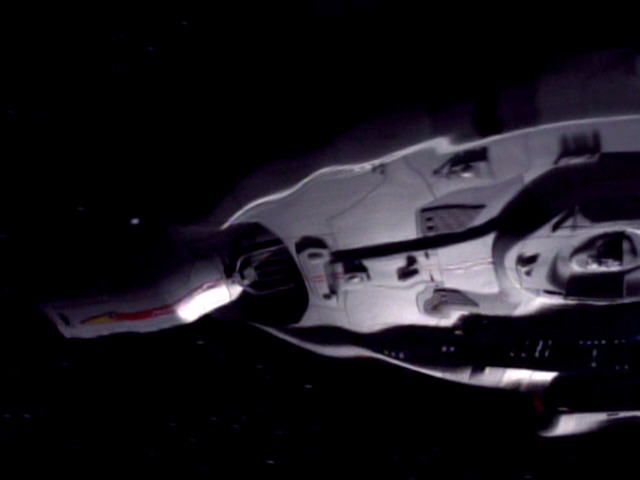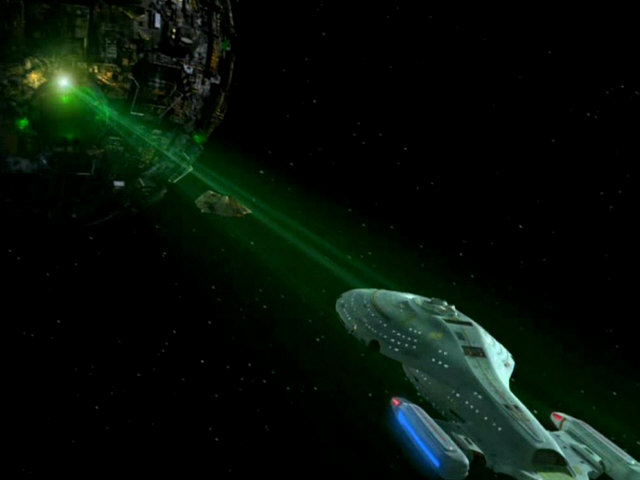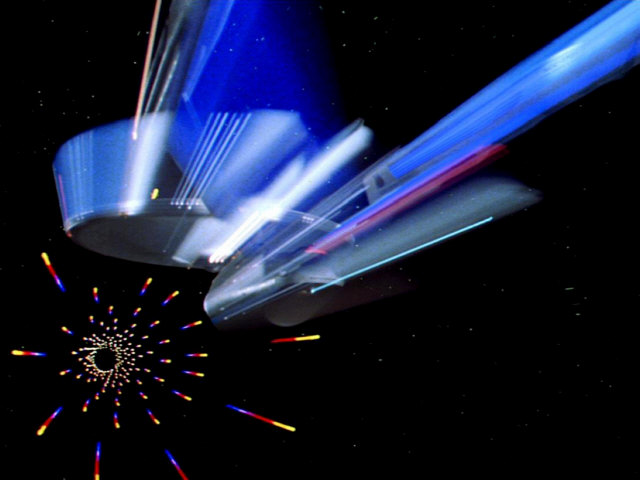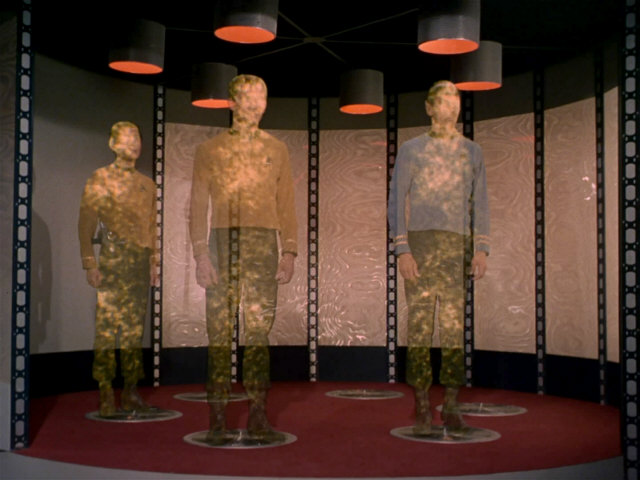5 Star Trek Technologies Falsely Reported as Real
5Cloaking

In the real world, the technology for invisibility coatings is at its very beginning. It seems unlikely that it could work like the cloaking devices in Star Trek, under all conditions and from all angles. But I have to concede that this branch of technology still has the potential to surprise us, rather than the following four on the list.
4Tractor beam

Tractor beams don't exist in real life, except for manipulation of matter on a microscopic scale ("optical tweezers"). I doubt that this is scalable, and grabbing and holding massive starships will probably remain science fiction for a long time.
3Antigravity

Magnetic levitation is a well-understood effect that has found technical applications such as in maglev trains. In 1992, Russian engineer Yevgeny Podkletnov claimed that he had managed to shield non-magnetic and non-electric materials against gravity, as a side effect in an experiment with superconductors. No one has ever reproduced Podkletnov's results though. For all intents and purposes, anti-gravity the way it is shown on Star Trek (in the form of deck plates, antigrav sleds and hovercars) is still a dream. A more than hypothetical concept on how it could work does not exist, much less a technical solution.
2Warp drive

In 1994 and the following years, there was quite a media hype about a paper by physicist Miguel Alcubierre, titled The Warp Drive: Hyper-fast Travel Within General Relativity. He stated that he took his inspiration from Star Trek. But although his work exhibits some analogies to how the fictional warp drive is described in the series and in reference books such as the TNG Technical Manual, Alcubierre neither retroactively explained Star Trek's very technology, nor did Star Trek anticipate a workable solution eventually found by Alcubierre. In fact, the concept in the paper is solid science. But it is purely hypothetical and notably would have to involve exotic matter to become a reality. And although NASA is frequently mentioned to work on it, no one currently has a viable theory, much less a technology for faster-than-light propulsion.
1Transporter

Quantum teleportation, as it has been achieved in real-world labs, is a bit of a misnomer and has almost nothing in common with the transporter of Star Trek. The first is about the reproduction of a quantum state and hence about the transmission of mere information. The latter requires the transfer of actual energy, or preferably of matter, from an origin to a specified destination. The two are linked only by the Heisenberg compensator, a fictional component of the transporter mentioned in TNG: "Realm of Fear" that is said to compensate for the uncertainty principle, although it is doubtful that quantum effects have any relevance for a macroscopic object to be transported. There is no known physical effect that could allow beaming solid objects or even people as shown on Star Trek without destroying or killing them, respectively. It is clearly the most unrealistic among the regular technologies on the show and the one that I would label as "definitely impossible".
Annotations
Many articles list the holodeck as a Trek innovation that has become a reality. Well, real-life VR technology is a far cry from creating environments that are indistinguishable from reality. Yet, the development is fast-paced and goes into the same direction as Star Trek's holodeck, so I think the comparison holds.















